How to identify cybersecurity risks in your company
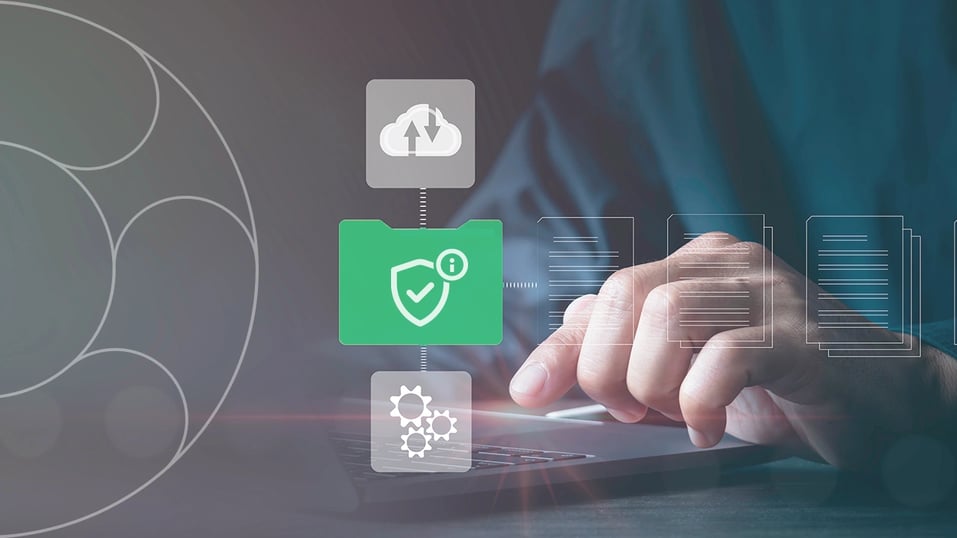
Identifying cybersecurity risks helps companies understand, control, and deal with all threats to their information, data, network, and information assets.
As companies place their trust in technology and advance in their digital transformation processes of management systems, cybersecurity risks expand, thus highlighting their exposure to a new ecosystem of critical vulnerabilities.
Therefore, performing a cybersecurity risk assessment that only conforms to a single set of guidelines or standard procedures is essential. Although a challenging but indispensable task, performing these risk assessments allows a company to identify the risks to which information processed by digital or IT means is exposed to assess, categorize and prioritize them.
Learn how to protect your company from risk entirely!
What are cybersecurity risks?
Cybersecurity risks are any elements, factors, circumstances, or sets that generate the likelihood of unauthorized access to confidential data, finances, and online business operations, which may lead to a data breach.
Such threats include known phenomena such as data hijacking, data leakage, phishing, malware, hackers, or unauthorized access. There are many strategies to deal with cybersecurity risks effectively, but all require prior identification of the threats.
Identifying cybersecurity risks
The first thing to know to perform an identification is that cybersecurity risks are classified into zero, medium and high levels. In addition, the risk assessment must be performed following the methodologies established for other areas, so some specific steps are followed to achieve objectives:
- Perform an inventory of technology assets linked to information processing, storage, or transmission.
- Categorize possible data breaches according to their impact.
- Make a list of systematic risks in the area.
- Evaluate the potential impact of each of the risks considered.
- Segment the risks into two categories: internal and external.
- Establish the probability of occurrence of each risk.
- Identify threats that, besides the negative impact on information and data, can paralyze the organization's operation.
- Define the risk level for the organization.
Keys to detecting cybersecurity risk exposures
Informative risk management assessments are extremely important for any area, so recognizing the signs of impending risk exposures is invaluable. Such signals are critical in helping to know that something is wrong before incalculable damage is done to the enterprise.
- Lack of strategy design to deal with cyber risks
Companies that need strategies to effectively treat risks that threaten the security of their information and assets are very vulnerable. This aspect is common sense; if the company does not have strategies, it is because no one is dealing responsibly with the issue. - Use of old software and operating systems
Implementing old, unlicensed, or outdated software or operating systems open a massive door that allows hackers, malware, viruses, and all kinds of cybercriminals free access to the company's data. - Lack of data backup
Frequent and even daily backups, as far as possible, help the company to be prepared for attacks by information hijackers who want to ask for money in exchange. Hackers do not launch ransomware attacks against a company that knows it has backup copies of all its information, with a delay of only a few hours. - Use of company assets for personal purposes
Using company assets for personal purposes or, on the contrary, using personal devices for work purposes is incorrect. In both cases, security controls and configurations are not respected, with the foreseeable consequences. In addition, this use of devices can lead to access to public networks without appropriate security.
- The system works slowly
Having a slow system or frequent Internet connection drops are clear signs that someone is carrying out an attack or trying to gain unauthorized access to the company's data.
Pro tip: One of the ways to effectively protect against cyber security risks is to rely on the same technology to automate processes and digitize management systems because training is considered an indispensable element of great value.
Pirani helps keep companies protected
Cybersecurity is a critical issue for companies because the cost of cybersecurity incidents has increased considerably in recent years, so companies must take all necessary measures to protect themselves. To this end, Pirani offers a tool that provides a complete solution to companies because it can help identify, assess, and manage information security risks more effectively, thanks to implementing an Information Security Management System (ISMS).
Pirani's ISMS provides a systematic and structured framework for managing information security risks in a company. Because it helps to identify and assess information security risks, implement appropriate security controls, and monitor and review the effectiveness of security controls. As a result, companies can make more informed decisions and create strategies to reduce the risk.
Try Pirani's software for complete and efficient protection!
Cybersecurity risk assessment process
Cybersecurity risk assessment enables optimization in the use of resources and helps to undertake projects related to processing data and information on a completely secure framework. In addition, it generates an increase in the levels of trust and credibility of the company with investors, customers, and employees.
To correctly carry out the cybersecurity risk assessment, forming a work team of professionals in IT, risk management, and information security is necessary. Senior Management and Human Resources must endorse this team and include someone who is an expert in data protection, especially the EU's GDPR.
Compliance professionals within the company also have something to contribute to this initiative. So the more diverse and multidisciplinary the team, the better. Even marketing, commercial, legal, and production can work well together in this cybersecurity risk protection team.
Once the team is formed, the cybersecurity risk assessment should be developed in five steps:
Step 1. Take an inventory of information assets.
Information assets are the physical or intangible elements of the IT structure. These assets are the main target in a cyber-attack. Some of these assets are computers, peripherals, servers, software, cloud solutions, cables and data transmission channels, internet networks, and, in general, the entire IT infrastructure.
The inventory of information includes assets used by suppliers, contractors, outsourcing, and those who perform outsourced tasks or have a relationship with the organization that involves sharing data or information.
Step 2. Identify and assess risks
The risk identification procedure consists of conducting interviews, observing processes, performing tests, reviewing violation reports, and comparing the results with similar companies in the same sector.
The purpose of this state is to identify the information that is most relevant and where the most critical risks exist. Therefore, the inventory of assets from the first step is analyzed, and those that represent a higher risk are identified based on their exposure, location, or the characteristics of the employee who has them under his control.
Step 3. Analyze and prioritize risks
To continue with an effective threat assessment process, what must follow is the establishment of probability and impact, as these two are the ones that allow for determining the prioritization of risks.
Pro tip: Many analysis models and assessment tools can be implemented to qualify and prioritize risks. With the help of these, you can obtain a list of the most likely threats with the most significant negative impact, allocate resources, and design practical treatment actions to implement them promptly.
Step 4. Design and implement security controls
Some risks prioritized in the previous step can be eliminated by applying corrective action, but others will require controls that act continuously. Such rules are essential to reduce or eliminate any risk's impact and likelihood.
Some of these controls are the assignment of privileged access profiles, employee training, and the use of anti-virus or anti-malware or anti-ransomware software, all of which serve the purpose of avoiding or minimizing the impact of cybersecurity risks.
Step 5. Monitor, review, and remediate
Cybersecurity risk assessment is a non-stop process. Because once the cycle is completed, an evaluation of effectiveness is needed, monitoring the performance of controls and corrective actions implemented and correcting anything that went wrong. After that, the cycle is restarted in the hope that fewer and fewer threats will arise and they will have less destructive power.
In today's corporate world, technology cannot be dispensed with, and that is why digital transformation is presented as an opportunity, but it also poses risks. Companies that use technology to prevent threats by digitizing their management systems will likely achieve faster and more definitive results.
Start taking the right steps to protect your company with Pirani's help!
You May Also Like
These Related Stories
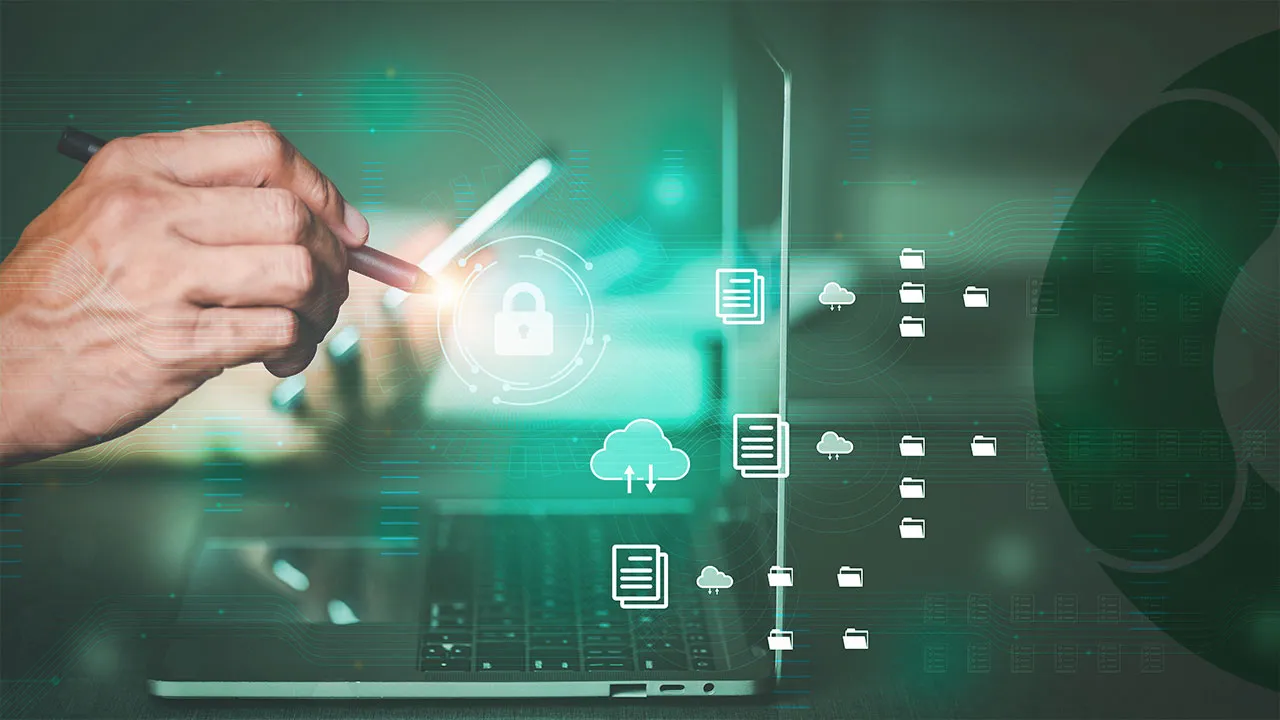
What is Cyber Threat Intelligence?
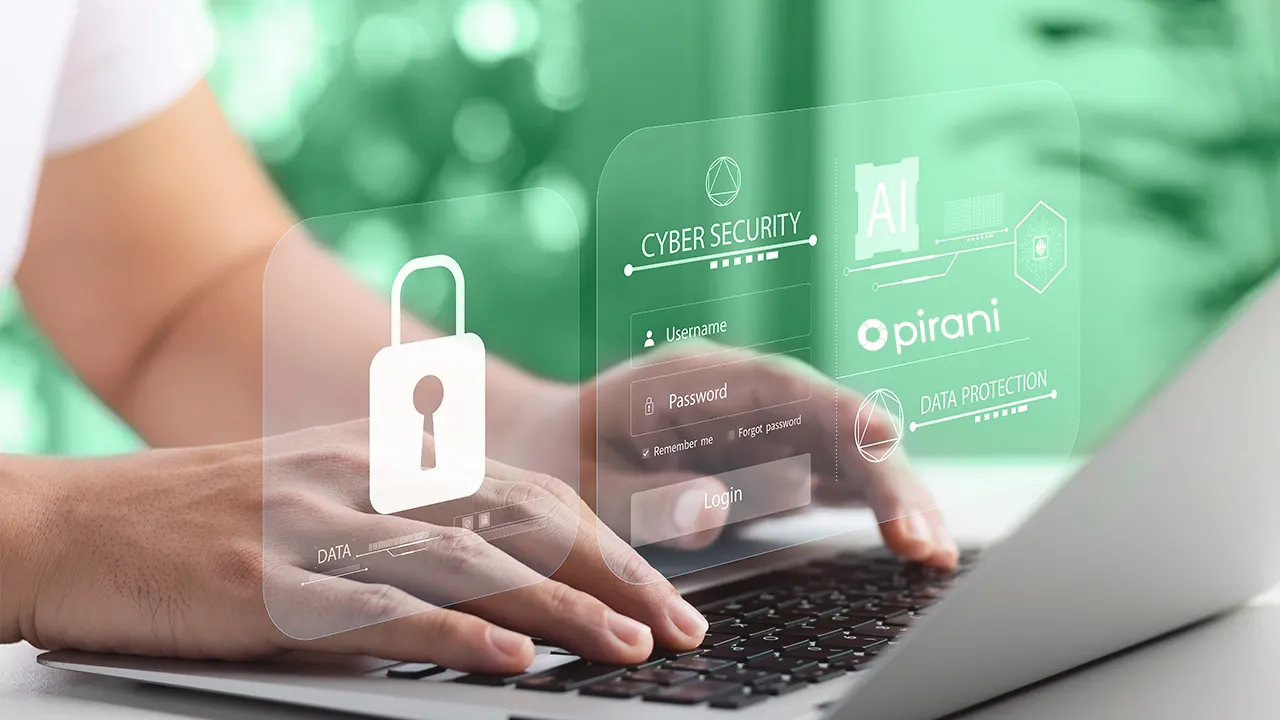
Consequences of the poor data risk management framework
NIS2 Compliance: Tracking Changes and Regulations in Cybersecurity
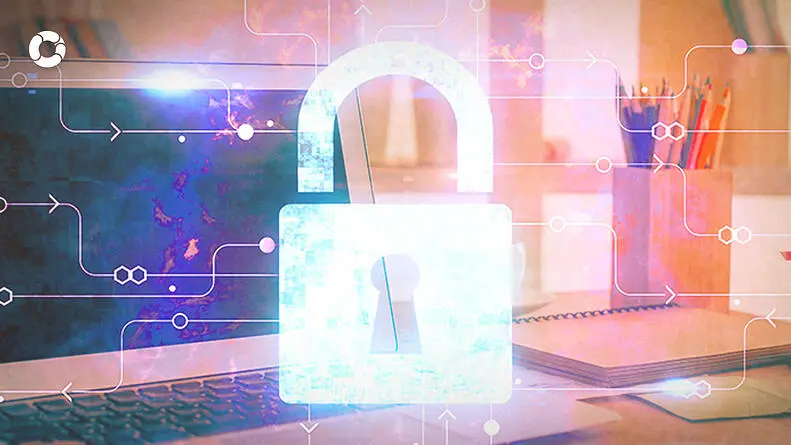
5 main cybersecurity risks to watch out for in 2023

Monitor and Identify Cybersecurity Risks in Your Company
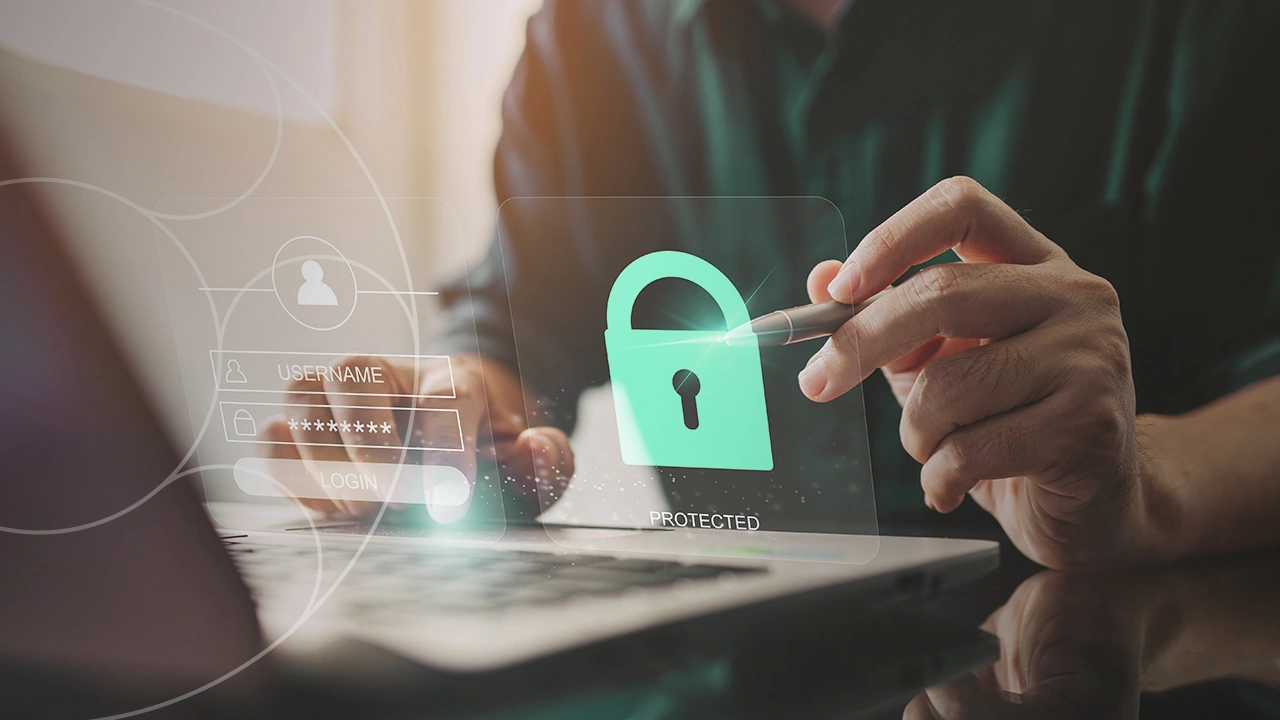

No Comments Yet
Let us know what you think